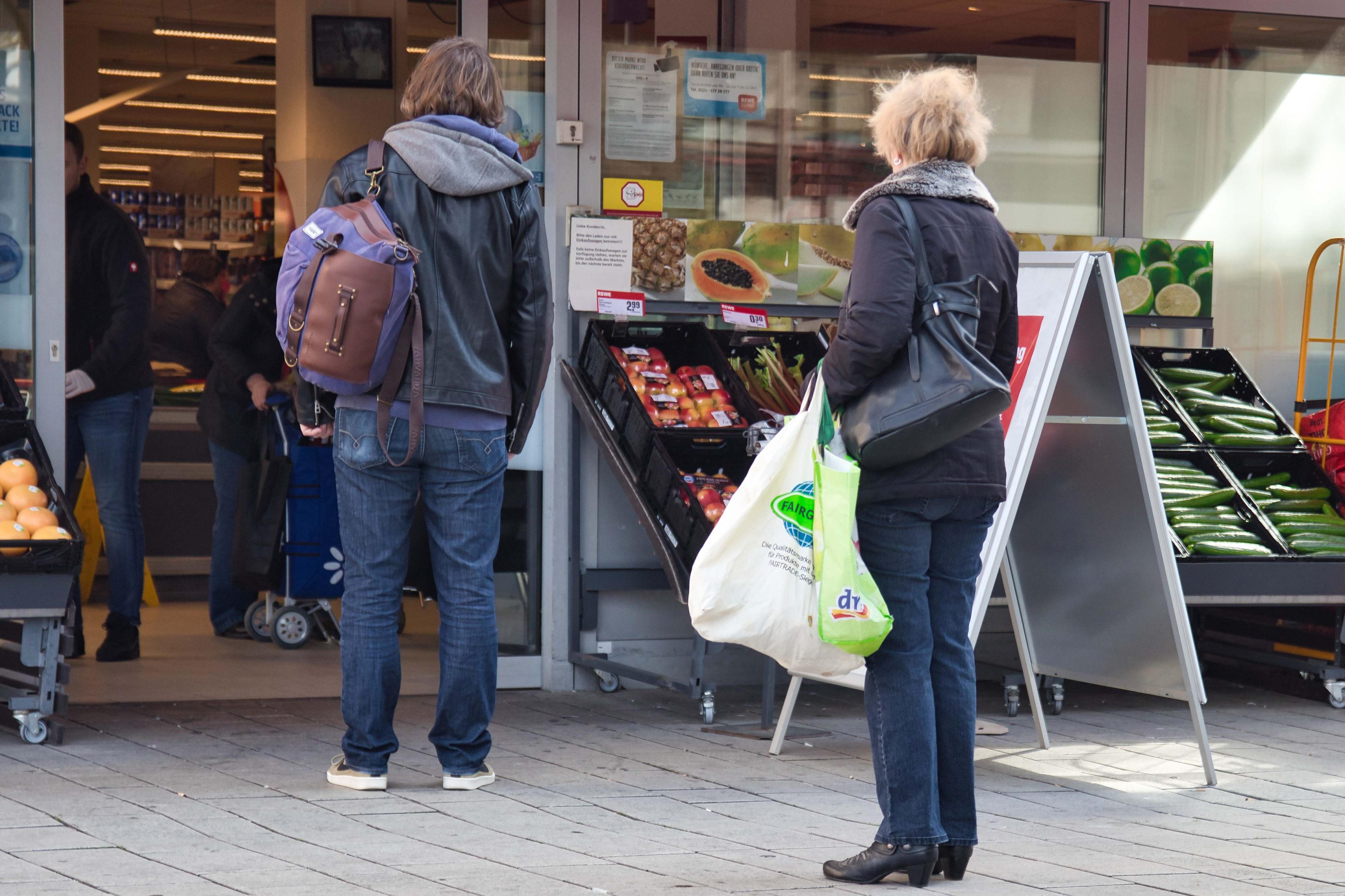Even before we rang in a new decade in January 2020, a digital transformation was underway and traditional consumer behaviours were shifting. But the rate of change accelerated dramatically this year and the way our markets and our industry works is also transforming rapidly.
COVID-19 has impacted our physical behaviour, restricting access and movement on a global scale that has never been seen before. On top of that how our industry interacts with data is also undergoing a groundswell of change. Evolving privacy legislation and technical choices being made by key platform players such as Google and Apple are impacting the quantity of data available. For premium data partners, however, the scarcity of high-quality data will make it all the more valuable.
Despite all this change, we remain human. And while a lot of what we do is predictable, we do create our own realities based on what we show and say – both on and offline – and importantly what we do in the real world.
In our changing behaviour series we examine the data gathered from the Blis Smart Platform to identify patterns and trends that have emerged from consumer behavioural data over the past 5 months. For brands to get to the heart of what people are actually doing in the real world, combining location data with online behaviour provides insights and contextualises true habits and motivations.
Understanding the nuances of how consumers adapt their behaviour helps brands create and serve more relevant and engaging ads to their audience. Having a holistic view of an audience ensures marketing strategies prove effective. And at a time when budgets and ROI are being reviewed with a fine-tooth comb, having access to accurate behavioural insights is key for improving efficiency.
Since the beginning of March engagement with mobile content has sky-rocketed, as people turned to their phones to keep them informed and entertained, while also facilitating their purchasing requirements. This trend shows no sign of abating as people have become accustomed to a more frictionless experience. Now that stores have reopened, businesses should aim to understand how consumers are interacting with their mobile devices, as well where they go.
With movement data becoming increasingly rare for marketers the opportunity to be able to leverage both behavioural and location data to assist with targeting strategies will be precious.
